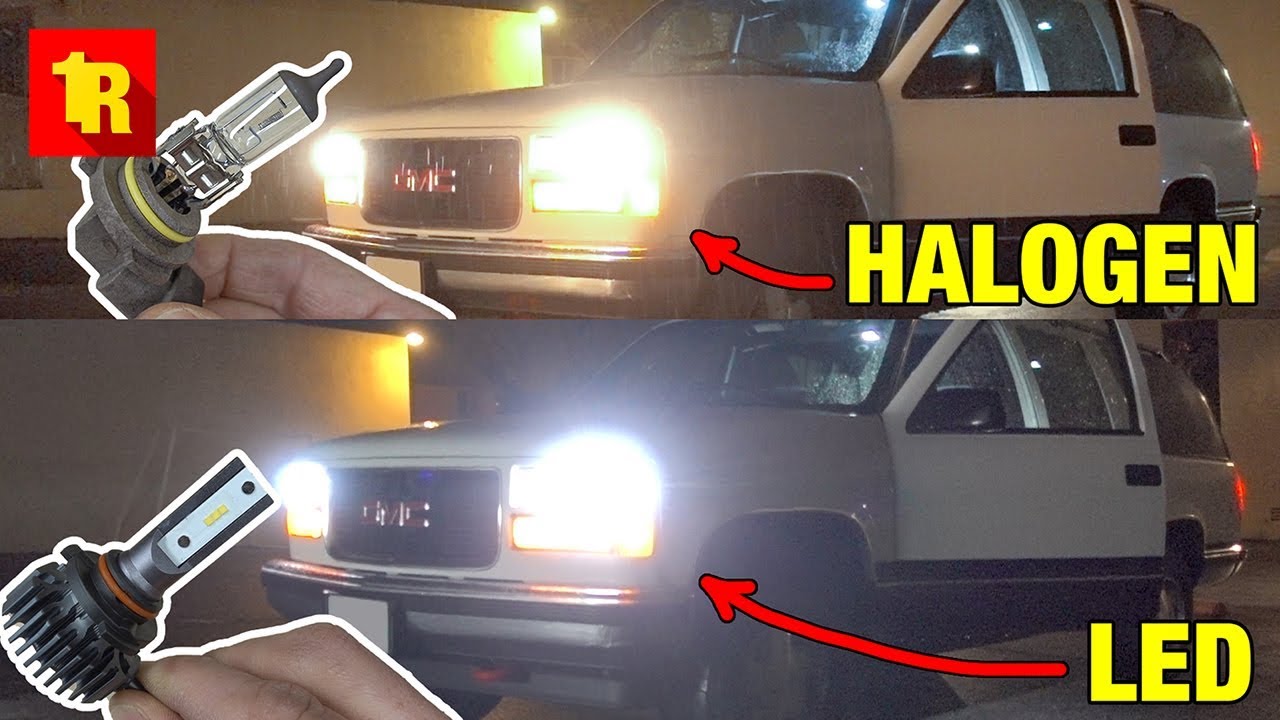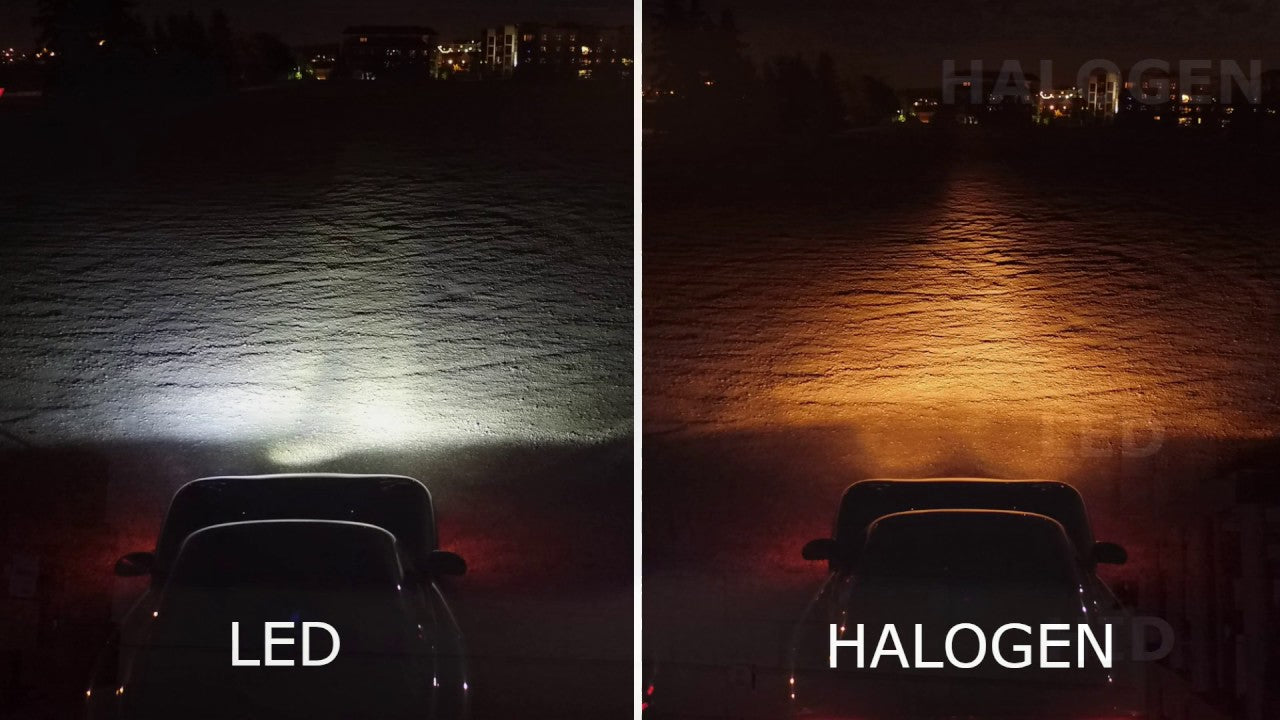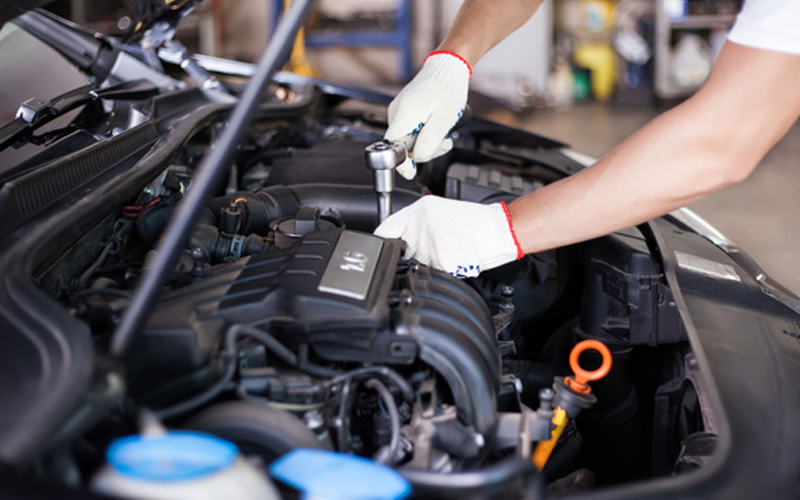Do you find that you visit your mechanic more often than you would like to?
Do they keep mentioning that various parts need to be replaced due to extensive wear and tear? Well, there is both bad and good news for you.
The bad news is that your driving and maintenance mistakes might be causing this wear and tear. The good news, however, is that you can remedy this situation rather easily. So, to make sure you don’t repeat the same errors, here are the top mistakes you need to avoid:
1. Making Frequent Short Trips
Do you take your car even to travel short distances? While this may make your life more efficient, it certainly isn’t doing your car any favors. Understand, cars work best when the engine – and the oil – is nice and warmed up. When the engine oil is at a higher temperature, it is able to evaporate combustion byproducts. This keeps the oil cleaner for longer and allows it to lubricate all the parts well.
However, the engine does require some time to warm up. So, if you are only heading out on short trips, there is a good chance that the oil isn’t reaching the necessary temperature. As a result, the engine oil can get gummed up and lose some of its capabilities.
In case you aren’t able to give up short trips, you should do something else instead. Get more oil changes – around twice a year. This way, you can swap out the worn-out engine oil and ensure that no damage is done to the other parts.
2. Relying on Stop and Start Driving
You may have the Stop/Start feature enabled on your car. Or, this may be a practice that you follow to improve its fuel efficiency. Well, you may want to limit how much you do this. This kind of stop and start action can have a negative impact on the internal components.
The two components you have to be mindful of in this process is the crankshaft and the bearing. When the engine is working, these two components are separated by a thin film of oil. As such, they don’t come into contact with one another.
When the engine stops, though, the crank gently settles onto the bearing. Once the engine starts up again, there is a brief period where the crankshaft begins to spin again, but the oil hasn’t separated the two surfaces. This is where the wear and tear happens. The more you engage in the start and stop driving, the more these parts get worn down. So, keep it to a minimum.
3. Slamming On Your Brakes
Now and again, you will need to slam on your brakes to prevent your car from colliding with another vehicle. Nevertheless, avoid relying on this action too much. The more pressure you apply on your brakes, the more quickly your brake pads wear off. Thus, you will have to replace them on a more regular basis.
One way to prevent this is to monitor your speed. If you don’t go too fast, there will be no need to hit the brakes quite so hard. You should also get into the habit of monitoring all the cars around you. If you need to slow down, press on the brakes more lightly so that you come to a more gradual stop.
4. Dragging the Brakes on Downhill Slopes
There is no denying that driving downhill – especially down a steep slope or mountain – can be nerve-wracking. Thus, it is only natural that you would want to drive as carefully and as slowly as possible. Unfortunately, for many drivers, this means dragging your brakes all the way down.
The issue with doing this is that you can actually wear out your brakes. Rather than relying solely on your brakes, use your engine to slow the vehicle down. Before heading down a slope, shift into second gear. If you need to downshift, make sure that you reduce your speed first. This will prevent you from damaging the transmission.
Maintain a safe speed and don’t attempt to go too fast while heading down the slope. To reduce your speed, gently press on the brakes. Release the brakes once you have achieved the proper speed. Repeat this step until you get to the bottom of the slope. Avoid pressing on the brakes for too long if you can help it.
5. Speeding Around Potholes and Speed Bumps
There are moments when you might see a pothole or a speed bump just a little too late and hit it going at full speed. Now, as the driver, you will definitely feel the impact. However, if you think there isn’t any damage to your car, think again.
There are a number of parts that can be worn down and outright damaged when you hit potholes and speed bumps at a high speed. This includes your tires, wheels, and suspension. There is a good chance that your vehicle will need to be aligned as well.
As mentioned, you can’t always skirt over a pothole. However, if you know that you’re driving on a bad road, make it a point to watch out for any dents in the road. This way, you can slow down before you hit them and reduce the risk of damage.
You should follow the same advice for speed bumps. Always slow down as much as possible when approaching one. The slower you drive, the less impact your car will have to absorb. Not to mention, you will be a lot more comfortable too.
These are the top driving mistakes you need to avoid at all costs. Of course, now that you are aware of them, it will be much simpler for you to take the necessary precautions to sidestep them.
Source: https://unsplash.com/photos/0iLl1Qgxz64




